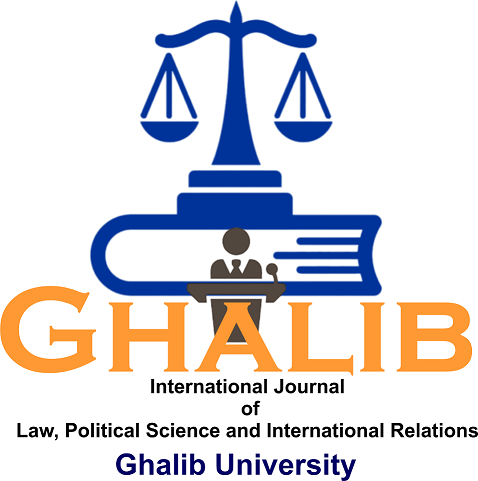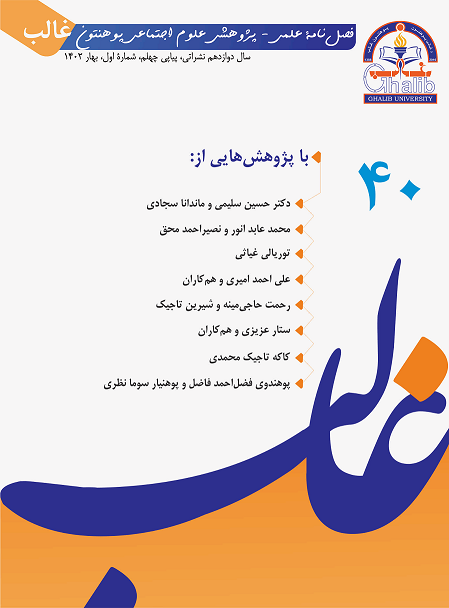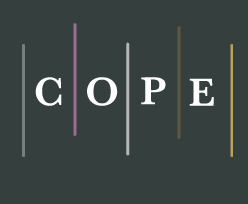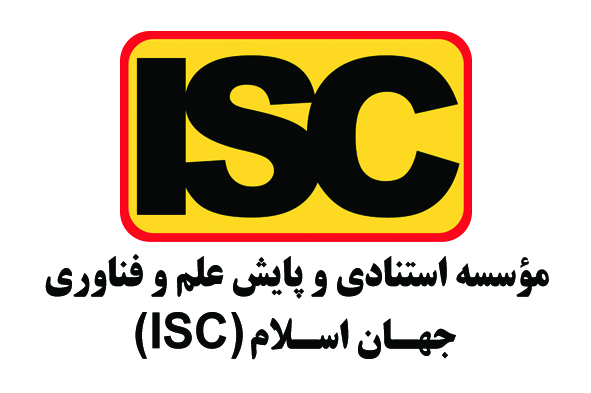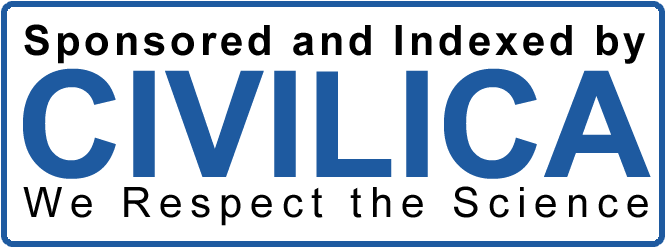استراتیژیهای بقا و پایداری سازمانها در محیطهای فرّار
DOI:
https://doi.org/10.58342/ghalibqj.V.40.I1.2واژهگانِ کلیدی:
پوهنتون غالب، استراتیژیهای بقا و پایداری، محیطهای فرّارچکیده
دنیا اکنون یک دِهکدۀ کوچک است. تحولات در یک گوشۀ آن، به سرعت همه را تحت تأثیر قرار میدهد. این تحولاتِ بسیار، جوامع و سازمانها را متأثر میسازد و محیط کار را بیثبات مینماید؛ پس لازم است تا سازمانها برای بقا و پایداری، خود را با این تحولات وفق دهند تا متأثر نگردند. این یعنی، داشتن استراتیژیهاییکه بتواند بقای آنان را تضمین و سازمان را پایدار نماید؛ باتوجه به این امر، این تحقیق بر اساس هدف آن از نوع کاربردی میباشد و با جستوجو در پی این بوده است که: استراتیژیهای بقا و پایداری برای پوهنتون غالب هرات کدامهایند، و کدامیکی این استراتیژیها برای بقا و پایداری پوهنتون غالب هرات اهمیت بیشتری دارد؟ این تحقیق کاربردی دادههای کمّی و کیفی را به شیوۀ تحلیل سلسلهمراتبی AHP و از طریق برنامة Expert Choice مورد تحلیل قرار داده است. ابزار گردآوری دادهها پرسشنامه بوده که از مطالعات کتابخانهیی ترتیب گردیده است. اولویتبندی و وزندهی استراتیژیها، توسط هفت تن از خبرهگان، که هیئت رهبری پوهنتون غالب هرات بودند، صورت پذیرفت. نتایج حاکی از این است، که استراتیژیهای مدرنشدن، مدیریت مصارف و تنوع تولید یا خدمات، مهمترین استراتیژیهای بقا و پایداری برای پوهنتون غالب هرات اند.
سرچشمهها/ منابع
Adim, C. V. & Ekpa, I. H. (2020). "Crisis response strategies and organizational survival: A case of Dana Air Nigeria Limited". The Strategic Journal of Business & Change Management, 7(4), 1567-1582.
Akinyele, S. T, & Fasogbon, O. I. (2010). "Impact of strategic planning on organizational performance and survival". Research Journal of business management, 4(1), 73-82.
Allen, M. W., & Caillouet, R. H. (1994). "Legitimation endeavors: Impression management strategies used by an organization in crisis". Communications Monographs, 61(1), 44-62.
Bharijoo, S. M. (2005). "Organizational change: an emerging need for survival and success". Journal of Nepalese Business Studies, 2(1), 81-86.
By, R. T. (2005). "Organizational change management: A critical review". Journal of change management, 5(4), 369-380.
Chenhall, R. H., & Langfield-Smith, K. (1998). "The relationship between strategic priorities, management techniques and management accounting: an empirical investigation using a systems approach". Accounting, organizations and society, 23(3), 243-264.
Cooper, R. (1995). When lean enterprises collide: Competing through confrontation. Harvard Business Press.
ElMaraghy, H., Schuh, G., ElMaraghy, W., Piller, F., Schönsleben, P., Tseng, M., & Bernard, A. (2013). "Product variety management". Cirp Annals, 62(2), 629-652.
ElMaraghy, H. A., & Wiendahl, H. P. (2009). Changeability–an introduction. In Changeable and reconfigurable manufacturing systems (pp. 3-24). Springer, London.
Fligstein, N., & Dauber, K. (1989). "Structural change in corporate organization". Annual review of sociology, 73-96.
Herat Ghalib University strategic plan (2020-2024). Available On:
https://ghalib.edu.af/ckeditor/kcfinder/upload/files/% 20.pdf. [01/22/2023].
Govindarajan, V., & Shank, J. K. (1992). "Strategic cost management: tailoring controls to strategies". Journal of Cost Management, 6(3), 14-25.
Hinings, C. R., Thibault, L., Slack, T., & Kikulis, L. M. (1996). "Values and organizational structure". Human relations, 49(7), 885-916.
Massey, J. E. (2001). "Managing organizational legitimacy: Communication strategies for organizations in crisis". The Journal of Business Communication (1973), 38(2), 153-182.
Moran, J. W., & Brightman, B. K. (2001). "Leading organizational change". Career development international, 6(2), 111-119.
Petrović, I. B., Vukelić, M., & Mol, S. T. (2021). "A critical perspective on career shocks in a volatile environment: Red Cross staff and volunteers aiding migrants on their way to Europe in 2016". Career Development International, 26(4), 596-612.
Prahalad, C. K., & Hamel, G. (1994). Competing for the future. Cambridge, MA: Harvard Business School Press.
Tidd, J. Besant, J., Pavitt, K.(2005). Managing innovation: Integrating technological, market, and organizational change. (3rd ed.) Hoboken, NJ: Wiley.
Saeki, T. (1994). "The conflict between tradition and modernization in a sport organization: a sociological study of issues surrounding the organizational reformation of the all Japan Judo Federation". International Review for the Sociology of Sport, 29(3), 301-315.
Sawyer, R. K. (2001). "Emergence in sociology: Contemporary philosophy of mind and some implications for sociological theory". American journal of sociology, 107(3), 551-585.
Sekerka, L. E. (2009). "Organizational ethics education and training: A review of best practices and their application". International Journal of Training and Development, 13(2), 77-95.
Shank, J. K., Shank, J. H., Govindarajan, V., & Govindarajan, S. (1993). Strategic cost management: the new tool for competitive advantage. Simon and Schuster.
Sunday, K. J., Adekunle, I., & Roseline, O. (2014). "Organizational survival: The effects of leadership skill and strategy". Science Journal of Business and Management, 2(2), 44-49.
Taiwo, A. S., & Idunnu, F. O. (2007). "Impact of Strategic Planning on Organizational". Research Journal of Business Management, 1(1), 62-71.
Walker, E. T., & McCarthy, J. D. (2010). "Legitimacy, strategy, and resources in the survival of community-based organizations". Social problems, 57(3), 315-340.
چاپ شده
ارجاع به مقاله
شماره
نوع مقاله
مجوز
حق نشر 2023 فصلنامۀ علمی - پژوهشی غالب

این پروژه تحت مجوز بین المللی Creative Commons Attribution 4.0 می باشد.
